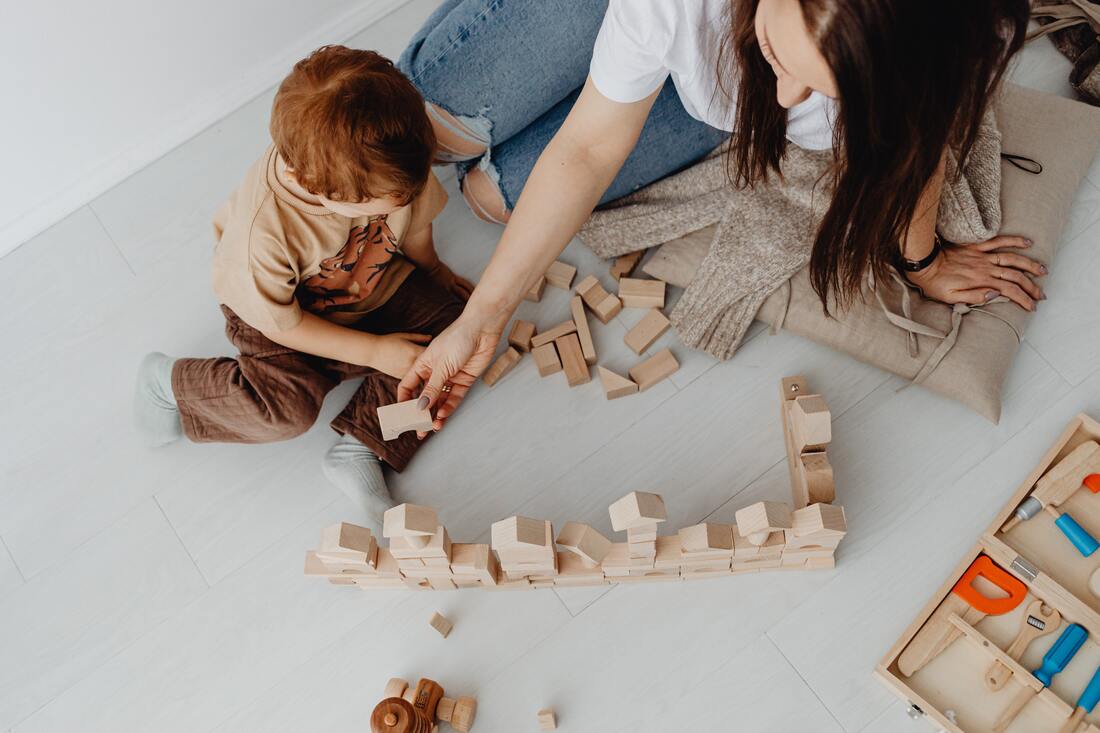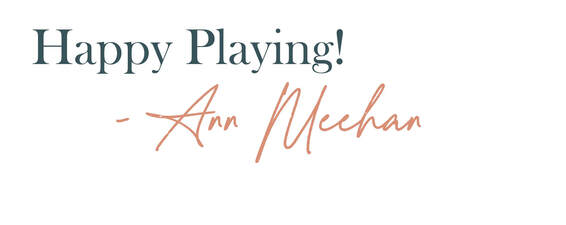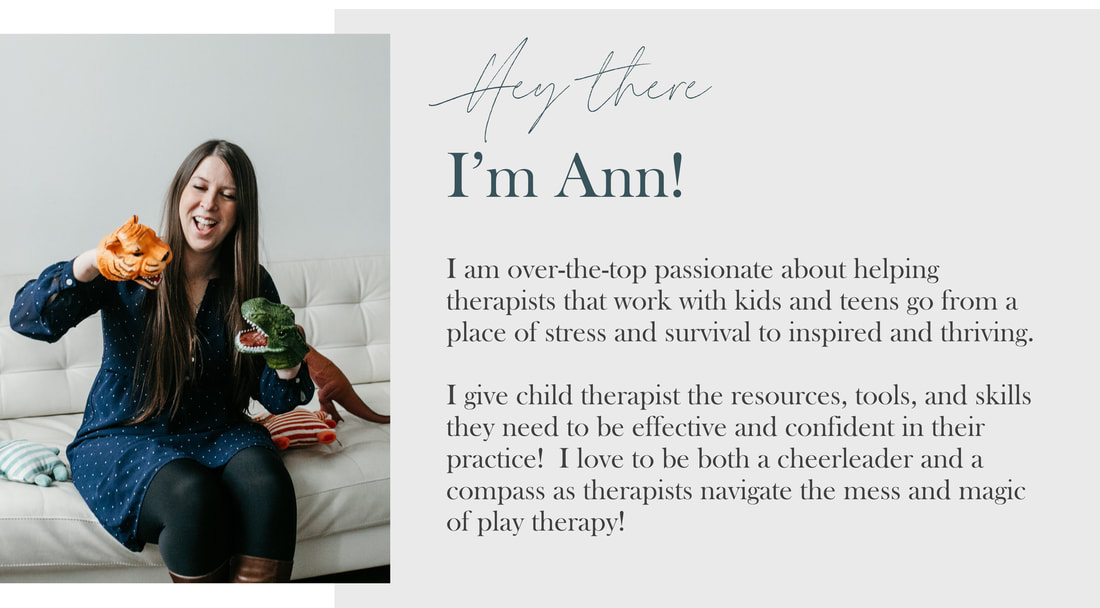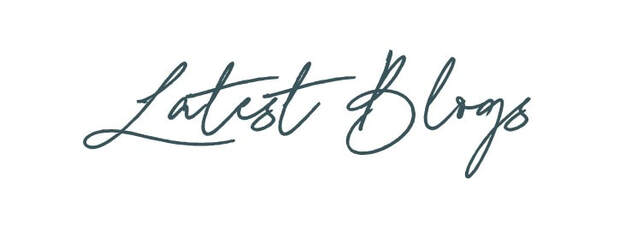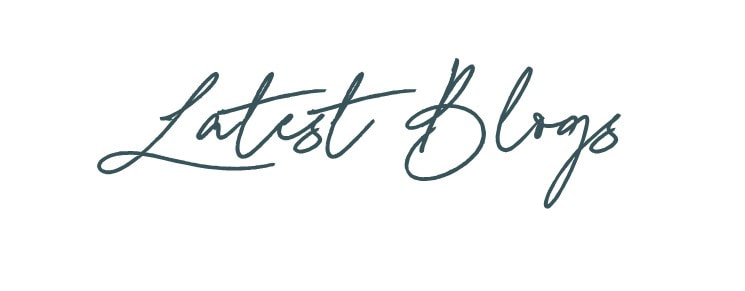|
“Can you get me that?”
This is a seemingly simple question that in most cases the appropriate response is “absolutely!” But in the playroom? Well…. It’s not so simple.
First of course it depends on your theory how and why you respond. But today? Well… we are staying in the Child Centered Play Therapy non directive lane!
One of the foundational structuring skills for Child Centered Play Therapy surrounds answering questions. The short version - only when you have responded three times with a facilitative statement and the question persists do you answer the question. If you were to select from the CCPT buffet of options of responses (depending on the client and situation) a returning responsibility statement might sound like “in here you can get the toys you want”. Maybe if there was some feeling behind it you might say “it's frustrating for me not to get the toy for you”. For another client you might say “you aren’t sure you can get that for yourself”. The list could go on! If making sense of the CCPT skills is something you need more of check out my absolutely FREE guide on Child Centered Play Therapy: Session Skills Cheat Sheet Free Download! Now, for kids who are asking or objects, after you have decided what to say and when I wanted to get curious behind the play theme that could be unfolding for clients that ask you to get them toys there are Is this the first play therapy session? If it is their first or second session, then the question may be the child's process of orienting to the playroom, testing boundaries and limits, and generally exploring how things work during their special play time! Can they really do anything? Will you really let them be in control and do almost anything? Are they capable of reaching/lifting/getting the object? Quick disclaimer on this one. Items in the playroom should be easily accessible to children. This gives permissiveness of the child being able to access materials without the help of a grownup. AND I have definitely worked in offices where due to the constraint on space there are items that my kids 5+ can reach but may be a little too high for my three year olds. This my friends is where theory meets reality and sometimes in a teeny tiny space the only way to store toys is up. This typically means managing and orienting the space differently to increase permissiveness or re-arranging objects for in session time. If the answer is a resounding YES! then this child may be playing out themes of power and control. The child may have a need to be the boss and be in charge! The child might be playing out a theme for the need for cooperation, working together, or collaboration. They may be wanting to create a collaborative space where everyone works towards a common goal or themes of relationship. Another theme that could be present is the need to be nurtured or have grownups do things for them. With this theme it could be that the child is parentified or parents and grownups have too high of expectations for roles and behaviors and they are wanting to explore a space where grownups take care of things for them. This could also be regressive in attempts to meet unmet needs earlier in life. Were they so immersed in the play theme that the intention behind the question was so they could keep in the play? Sometimes kids don’t want to be bothered with their flow of action going on inside of their play sequence to be bothered with getting an object or toy they need. For these kids it’s less about the question and more about the theme that is present with the play they are focused on. So if we were in consultation together these would likely be the three questions I would ask about the play behavior of asking the therapist to get a toy to help dive deeper into understanding the meaning of the theme. I also want to wrap up with mentioning that one minor play behavior is a piece to the puzzle of an overall clearer picture of themes and meaning underneath the play! Looking for more resources and support around play therapy themes? Check out the training Dinosaurs In The Dollhouse: Interpreting Themes in Play Therapy and learn the 7 frameworks and tools to interpret play themes with TONS of case examples! Loading...
0 Comments
Leave a Reply. |
Hi, there!I'm Ann Meehan, an LPCC, Loading... Archives
July 2024
Categories
All
|
Privacy Policies | Terms of Use | Disclaimer
Contact
[email protected] | Copyright Meehan Mental Health Services 2022
Contact
[email protected] | Copyright Meehan Mental Health Services 2022

